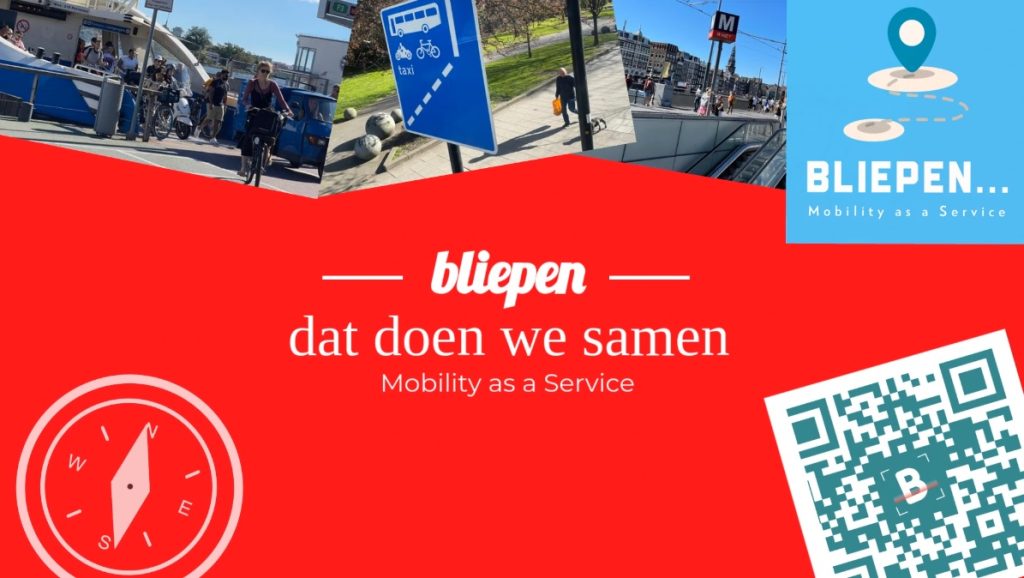During July and August, Infrabel is working on the complete renewal of the so-called “Carwash branch”. This strategic rail infrastructure is the gateway to the rail bundles of Schaerbeek-Forming. These bundles are important for many passenger trains that run in the morning and evening rush hours. In addition, this yard will also facilitate freight traffic around the Brussels-Capital Region in the future thanks to the construction of a freight corridor.
Biggest switch renewal in recent years in Brussels
The Carwash branch is only a few hundred meters long and yet you can hardly underestimate its importance. This track configuration is the gateway to the track bundles of Schaerbeek-Forming. All peak hour trains from East and West Flanders and Hainaut arrive in these bundles after the morning rush hour. They are parked there, cleaned and maintained so that they can be used again afterwards. Safe and smooth access to these bundles is important to guarantee a streamlined train service.
The Carwash branch is therefore completely renewed. All in all, no fewer than 22 new switches are installed on and around the branch, which are sturdier and easier to maintain than the previous ones. The old ones needed to be replaced. In addition, 16 km of signaling cables will be renewed, 5 new signals, about 40 train detection devices and 10 distribution boxes will be installed. In addition, 6 km of overhead wires will also be renewed. In Brussels, it is the largest exchange renewal of recent years. During the summer months of July and August, Infrabel specialists work non-stop on this strategic infrastructure. An investment of over €10 million.
Towards a freight corridor to make rail traffic in and around the capital smoother
But it's not just a renewal yard. The branch is also being redesigned and simplified to allow freight trains to run more smoothly over it in the future. The majority of freight traffic (85%) passing through Brussels travels between the port of Antwerp and Quévy/Erquelinnes/Clabecq/Chatelet (Hainaut) and then towards France. The rest runs between Zeebrugge and Montzen via Brussels and on to Germany. Schaerbeek is also a frequently used diversion route when there are infrastructure works in other places on the Belgian rail network. Important for many Infrabel customers.
For safety reasons, freight transport is not allowed through the rail tunnel of the busy Brussels North-South connection. For freight trains that run around our capital, there are currently two options: the eastern (L26) and western ring track (L28). The first option is not obvious, because many passenger trains run here during the day, which means that the capacity for freight traffic is limited. So that's the first bottleneck. Further along the route, the busy Halle station is also an additional bottleneck because here freight trains have to cross two busy passenger lines that go past Quévy and Tournai to France.
In the case of the second option, via the western ring railway, there are several bottlenecks. You have freight trains that have to travel along a bundle of tracks, but the tracks there are not long enough to allow two long freight trains to cross. Moreover, it is also very busy there during the morning and evening rush hour due to the entry and exit of many peak hour trains. Freight trains can also pass directly through the Schaerbeek-Reizigers station, but there they cross the busy passenger traffic to and from Leuven and also the trains to and from the airport. Further on, near Anderlecht (Brussels Klein-Island) they intersect the Brussels-Ostend (L50A) railway line, which is the busiest line in the country.
In its proposal for a multi-year investment plan, Infrabel has the ambition to tackle as many of such bottlenecks on its grid as possible. The Carwash branch is part of the future rail link (L26B) that should remove some of the above-mentioned bottlenecks for freight traffic in Brussels. Some sections of this line are already there. When everything will be ready, and that depends on the investments that can be made, you will thus have a corridor where freight trains, largely separated from passenger traffic, can run around the capital. Good for even safer, smoother and more efficient train traffic. That's the modal shift. Ensuring that rail is attractive so that more and more companies choose it, says the Belgian railway manager.
Photo above: Infrabel image bank.



